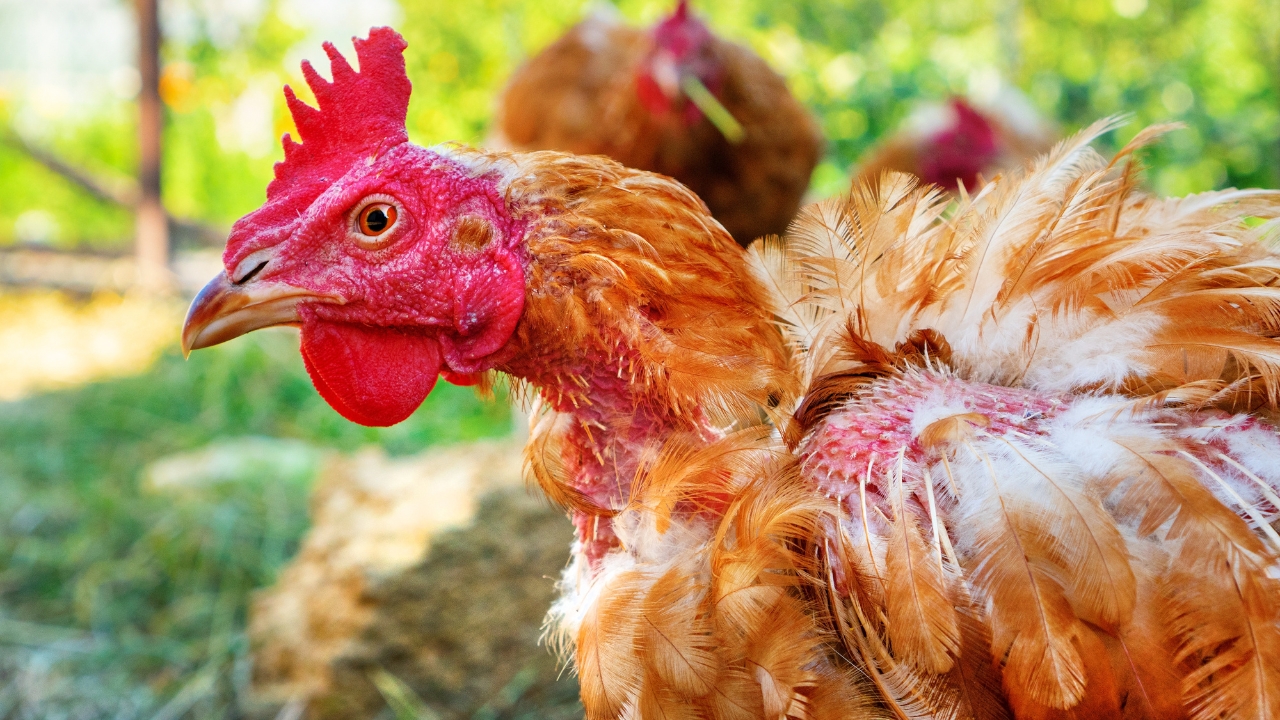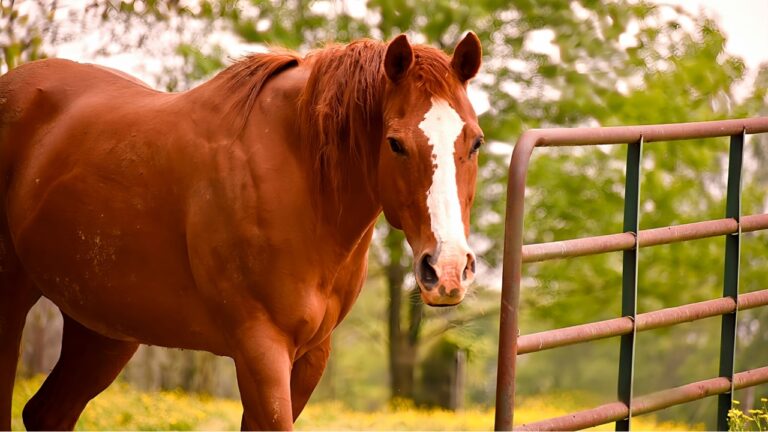10 Signs Your Chickens Are Unhealthy (And What to Do About It)
Chickens are pretty resilient, but they go downhill fast when they’re sick. That’s why keeping an eye on their behavior, appearance, and overall health is key. Whether it’s parasites, respiratory infections, or nutritional deficiencies, knowing what to look for can mean the difference between a minor issue and losing a bird. Here are some of the most common signs that your chickens aren’t as healthy as they should be—and what you can do about it.
Lethargy and Weakness

Healthy chickens are active, constantly scratching, pecking, and moving around. If one of your birds is sitting off by itself, acting sluggish, or not reacting when you walk up, that’s a red flag. A chicken that won’t get up or keeps its head tucked in is telling you something’s wrong.
Lethargy can be caused by anything from dehydration to parasites to serious illness. Check for other symptoms like weight loss, diarrhea, or labored breathing. Offer fresh water and electrolytes immediately, and if the chicken doesn’t perk up, you may need to isolate it and look for signs of infection or parasites.
Pale or Discolored Comb and Wattles

A chicken’s comb and wattles should be bright red, firm, and full. If they turn pale, bluish, or shriveled, it’s a sign that something’s off. Pale combs can indicate anemia (often from mites or lice), poor circulation, or illness. A bluish comb could mean respiratory issues or lack of oxygen.
First, check for external parasites by inspecting the base of the feathers around the vent and under the wings. If parasites aren’t the problem, consider stress, diet deficiencies, or illness. Make sure they’re getting proper nutrition with enough protein, vitamins, and minerals. If the issue persists, a vet visit might be necessary.
Labored Breathing or Wheezing

A chicken struggling to breathe isn’t something to ignore. Wheezing, coughing, rattling sounds, or nasal discharge could mean a respiratory infection like infectious bronchitis or mycoplasma. These diseases spread fast and can wipe out a flock if not handled quickly.
First, separate the sick bird from the rest. Check for swelling around the eyes or discharge from the nostrils. Good ventilation in the coop is key—stagnant air and ammonia buildup from droppings can make respiratory issues worse. In severe cases, antibiotics may be necessary, but prevention is always better than treatment. Keep bedding dry, avoid overcrowding, and don’t introduce new birds without quarantining them first.
Diarrhea or Unusual Droppings

Healthy chicken droppings should be firm with a white cap (urates). If you’re seeing runny, foamy, or bloody droppings, something’s wrong. Diarrhea can be caused by stress, spoiled feed, parasites, bacterial infections, or even heat stress.
First, check their water and feed—make sure nothing’s moldy. If the diarrhea continues, inspect the bird’s vent for signs of pasty butt (where droppings stick and block the vent). Parasites like coccidiosis cause bloody droppings and need immediate treatment with medicated feed or a vet-prescribed coccidiostat. Keep the coop clean and ensure they have access to grit for proper digestion.
Loss of Appetite or Weight

Chickens love to eat, so if one of them isn’t interested in food, that’s a problem. A bird that stops eating might be dealing with illness, crop issues, internal parasites, or egg-laying problems. If it’s losing weight, the problem has been going on longer than you realized.
Check the crop in the morning—it should be empty before they eat. A full, squishy crop could mean sour crop (a fungal infection), while a hard lump could indicate an impacted crop. Also, look for worms in their droppings. If parasites are the issue, deworming might be necessary. If a hen is straining but not laying, she could be egg-bound, which requires immediate attention.
Ruffled or Missing Feathers

Molting is normal, but if you’ve got a chicken missing patches of feathers outside of molt season, it could be mites, lice, or bullying. If they look fluffed up all the time, that can also be a sign of discomfort or illness.
To rule out parasites, check around the vent, under the wings, and along the back for tiny moving bugs or egg clusters at the base of the feathers. If you find mites or lice, dusting with poultry-safe treatments like permethrin is necessary. If bullying is the problem, watch your flock dynamics—sometimes a more aggressive hen needs to be separated to keep things balanced.
Swollen or Bumpy Feet

A chicken that’s limping, holding up one foot, or has swollen pads under its feet might have bumblefoot. This is a bacterial infection caused by a cut or scrape on the foot, usually from rough roosts, sharp rocks, or wet bedding.
Early stages look like a swollen red patch, while advanced cases have a hard black scab. Left untreated, it can become a deep infection. Soaking the foot in warm water and Epsom salt can help, but severe cases might require lancing the abscess. Prevent bumblefoot by keeping the coop clean, providing soft bedding, and inspecting perches for rough edges.
Unusual Egg Production or Soft-Shelled Eggs

If your hens stop laying suddenly or start producing soft-shelled or misshapen eggs, it’s usually a sign of stress, diet deficiencies, or illness. Stress from predators, overcrowding, or sudden temperature changes can throw off egg production.
Soft shells are typically caused by a lack of calcium. Make sure your hens have constant access to crushed oyster shell or high-calcium feed. If a hen is laying odd-looking eggs consistently, she may have an underlying reproductive issue like egg peritonitis or internal laying, which can become serious if not addressed.
Foul Smell or Discharge from the Beak

A healthy chicken shouldn’t have a bad smell coming from its beak. If you notice a sour odor, thick mucus, or swelling, it’s likely a sign of sour crop or a respiratory infection. Sour crop happens when food ferments in the crop, often from eating moldy feed or long strands of grass.
If the crop feels full and squishy in the morning, tip the chicken forward and massage gently to help it vomit out the contents. Offer probiotics or apple cider vinegar in the water to help rebalance gut bacteria. For respiratory infections, keep the bird isolated and monitor for other symptoms like wheezing or nasal discharge.
Head Shaking or Scratching Excessively

If your chickens are constantly shaking their heads or scratching, they’re either dealing with mites, lice, or respiratory irritation. Mites hide in the coop during the day and come out at night to feed, so you might not see them right away. Lice, on the other hand, lay eggs at the base of feathers and are easier to spot.
If you suspect external parasites, treat the entire flock and the coop with permethrin or poultry dust. If it’s respiratory irritation, check for ammonia buildup in the coop and make sure ventilation is adequate. Bedding should stay dry and clean to prevent lung issues caused by poor air quality.
*This article was developed with AI-powered tools and has been carefully reviewed by our editors.







